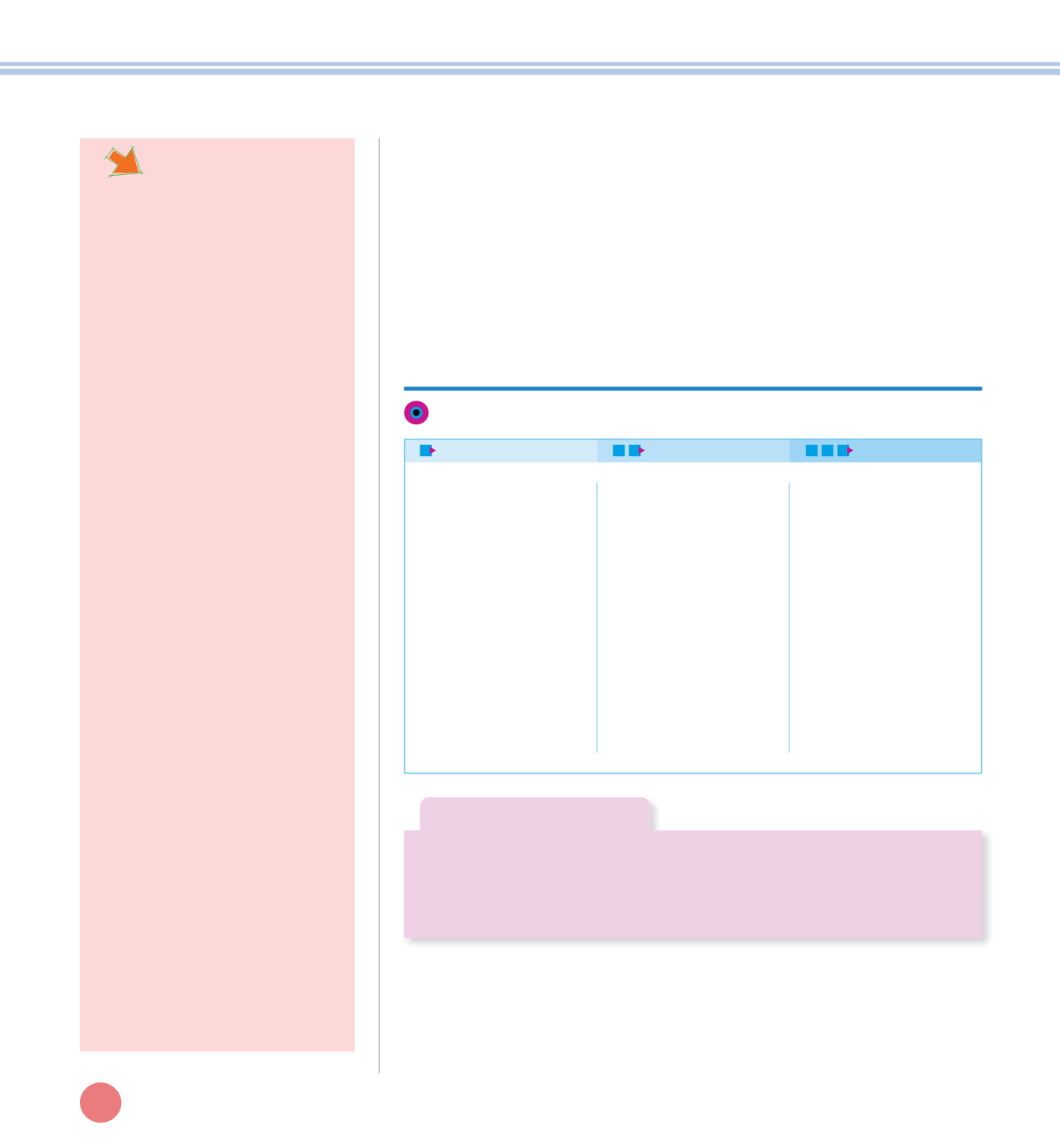

Focusing
READING COMPREHENSION
Student Book page 125: Play Track 21 again to refresh students’ minds about the
story. Read the directions with students. Tell them they must select the word that
best fits the sentence by using clues in the sentence. Read the first item with the
class and model how to answer. Ask students to point out a word in the sentence
that provides a clue. Ask
Does David want to go to the Colonial Theater? Does
Sonia want to go to the Colonial Theater?
Then say
If David doesn’t want to go,
and Sonia wants to go, then they do not agree.
Read each of the remaining items,
asking students to choose the word that best fits the sentence. Then, have them
answer the questions in activity B in complete sentences.
Unit 4
My Community
124a
Direct Instruction
Ask students to name some things
that they like. Then, ask students to
name some things that they do not
like.
Q
Record student responses on the
board or on chart paper in two
colums—one column of likes and
one column of dislikes.
Q
Write the definition of
prefix
on
the board or on chart paper.
Q
Remind the class that when
you add a prefix to a word, the
meaning of the word changes.
Q
Tell students that the prefixes
un-
and
dis-
mean “not” or “the
opposite of.”
Q
Tell students that the prefix
re-
means “back” or “again.”
Q
Ask students which column
represents things that the class
likes.
Q
Write the word
Like
at the top of
that column.
Q
Ask students what prefix they
could add to the word
like
to
create a heading for the second
column. Elicit the prefix
dis-
.
Q
Write the word
Dislike
at the top
of the second column.
Practice working with prefixes.
Q
Write the following words on the
board or on chart paper:
untie
,
reread
,
dislike
.
Q
Have students write the
definitions of each word.
Q
Then, have students cross out the
prefixes and write the definitions
of the new words.
Q
Ask students to brainstorm a list
of other words with the prefixes
un-
,
dis-
, and
re-
.
Q
Record their responses on the
board or on chart paper.
Targeting Proficiency Levels
Help students list as many
words as they can that
begin with
re-
. Write the
words on the board as
students copy them in
their notebooks. Beside
each word, write the word
without the
re-
. Elicit from
students the differences
in meaning between the
two words in each pair
of words. Repeat the
activity for question 2.
Have students work
independently to
brainstorm a list of words
that begin with
re-
and
a second list of words
that begin with
un-
.
Next, have them take off
the
re-
or the
un-
from
the beginning of each
word and consider the
meaning of the new
words. After that, have
them write their answers
to the questions in their
notebooks.
Have sudents work in
pairs to generate a list of
words that begin with
re-
. Then, them write
the word without the
re-
beside each word in
the list. Next, have them
discuss differences in
meaning between the
two words in each pair.
Finally, have them repeat
the activity for question
2.
Beginning
Intermediate
Advanced
Meeting Individual Needs
You may assist students who exhibit difficulties answering the questions by conducting a
minilesson from the Direct Instruction columns in this lesson. You may also supplement
instruction by creating a graphic organizer that lists prefixes and their definitions for
students to retain for future use.


















